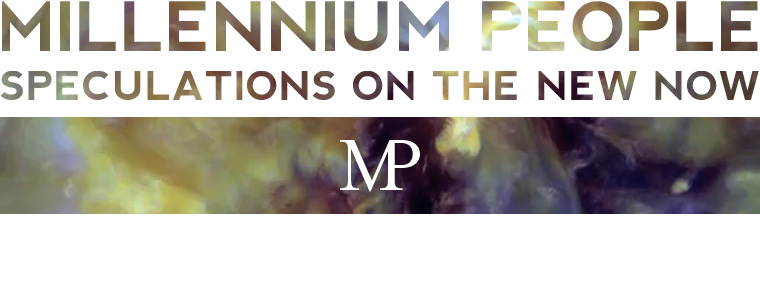
Cedric Prices' 1961 project Fun Palace, at Mill Meads.

The site today, photo by Lara Almarcegui
The Fun Palace was to be a great open framework of steel lattice girders and towers, surmounted by a traveller crane... halls and galleries, snack bars and entertainment areas, linked by walkways, can be built and changed at will. People of all ages and interests will find space to enjoy their leisure, to relax or be active, at any time, day or night.'
12 Empty Spaces Await the London Olympics
Lara Almarcegui
Lara Almarcegui
Cedric Price envisaged a completely flexible program for the complex, "hanging rooms for dancing, music, and drama; mobile floors, walls, ceilings, and walkways; and advanced temperature systems that could disperse and control fog, warm air, and moisture were all intended to promote active 'fun.'" The revolutionary project was never built, though Rogers and Piano cite it as a major inspiration for their Centre Pompidou in Paris (certainly the similarities are striking). The site, which is in an ex-industrial backwater of the Lea Valley (East London), is today still empty. The only thing of note in the region is that the 2001 Big Brother studio is across the canal. The Canadian Centre for Architecture says:
On the one hand, Fun Palace was inspired by the egalitarian philosophy of 18th century English pleasure grounds, such as Vauxhall and Ranelagh, with their sprawling spaces for strolling, amusement, and gossip. On the other hand, Price’s unrealised project was up-to-the-minute, interpreting current Cybernetic theories, avant-garde theatrical principles, cutting edge technology, and a free-spirited, Monty Pythonesque sense of fun. The ultimate goal was a building capable of change in response to the wishes of users.And I think this is really the crux of the issue: "egalitarian philosophy" meets "cutting edge technology". Modernism was founded on theories of social reform – a conscious rejection of the past. But by the end of the Second War it had deteriorated into an exercise in technological feats. Hoards of monolithic tower blocks were constructed because they could be, not because they should have been – that is, while they may have solved the immediate social and technological problems of the day, they avoided any long-term questions of social morality.
Moreover, the vast difference in amenity between new towns and old suburbs only heightened the age-old divisions of class and social status. Price is quoted as saying “technology is the answer, but what was the question?” – up until the Fun Palace the question had never been asked, technology was its own daisy chain of questions and answers. The separation of 'high-brow' and 'low-brow' entertainment continues today (there are no video arcades in our opera houses).
What Price proposed was an architecture not just capable of bringing Brave New World-esque pleasures to the popular classes, but the creation of a space that permitted for an equality of entertainment expression. By mixing avant-garde theatre with dodgems, or virtual reality simulators with book-readings, the possibilities for exchange would have become much more powerful. The exclusive world of intellectual art forms opened to the public.

Conceptual sketch, interesting for me because the most important (and flexible) part of the building is left blank. For some reason it reminded me of this article: "If you want to change society, don't build anything!"

Hi,
ReplyDeleteI'm looking to use some images of Price's fun palace in my university thesis. Could you tell me where you got these, specifically the last sketch, and whom I might ask for permissions to use them?
Thanks,
~Sam
The sources for these images are as follows:
ReplyDelete1.Postcard supplied with issue 17 of Log Magazine (published by the Anyone Corporation).
2.Pamphlet published for the Radical Natures exhibit at the Barbican 2009 on the Lea Valley, see this website: http://www.dk-cm.com/projects/wastelands-of-the-lea-valley/
3.Sketch from "Archigram. Paris: Centre Georges Pompidou, 1994." (published to accompany the Archigram exhibition at the Pompidou Centre).
However, the complete Fun Palace archive is held by the Canadian Centre for Architecture, lo-res versions of which can be found here:
http://www.cca.qc.ca/en/collection/283-cedric-price-fun-palace
If I were looking to use these images, I would contact the CAA, they're pretty cool guys.
Good luck,
Jack.